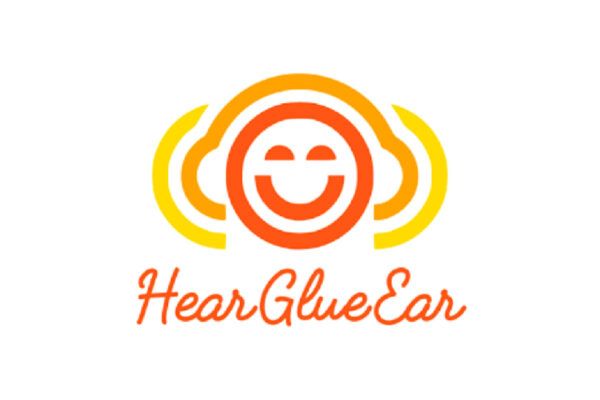
The challenge
Hearing loss is one of the most common disabilities in childhood. One in 10 children starting school in UK have hearing loss secondary to glue ear (also known as Otitis Media with Effusion, OME). Eighty per cent of children have at least one episode of glue ear, where fluid builds up behind their eardrum after a cough, cold or ear infection. Glue ear often self-resolves or children can be offered grommets if persistent.
Grommets offer short term hearing improvement for about 6 - 9 months while ‘natural resolution continues’ (NICE guidance 2008). Grommet insertion is common, requires a general anaesthetic, and risks include opening the middle ear to infection, perforation (1% of cases) and variable scarring of the eardrum.
Hearing aids are not an easy solution, since glue ear fluctuates and audiology appointments are needed to avoid over-amplification or under-amplification. Bone conduction hearing aids work well but are expensive, costing hundreds or thousands of pounds.
Children need to hear to learn. Poor hearing can affect speech, language, social skills, listening, attention and learning. While some children catch up learning after an episode of glue ear, others can struggle. Glue ear mostly affects children under 8 years old, which is a critical time for development, speech acquisition, learning, writing, spelling and phonics. Deafness at this time can interfere with speech development, language, communication, auditory processing, self-esteem, socialisation, listening and learning.
The solution
Affordable headphones using bone conduction technology can help children to hear quieter speech, particularly where background noise makes listening more challenging. The Hear Glue Ear app provides home support for a family and their child by providing trusted information, as well as speech, language and listening activities to support a child’s development. In some instances children can be supported while their glue ear spontaneously resolves reducing the need for grommet operations. During the covid pandemic the innovative kit was able to be posted to patients to use remotely while services were reduced.
The headset was really life changing to me.
Delilah, user, 8 years old
The impact
80% of children will have glue ear at least once before the age of 10 years.
Children with a conductive hearing loss wait between 6-18 months on average for an intervention for glue ear. In some areas of the country post pandemic waiting times have extended.
Research has shown that the headsets allow children to hear more easily and the Hear Glue Ear app is an acceptable management solution to the majority of children and their parents.